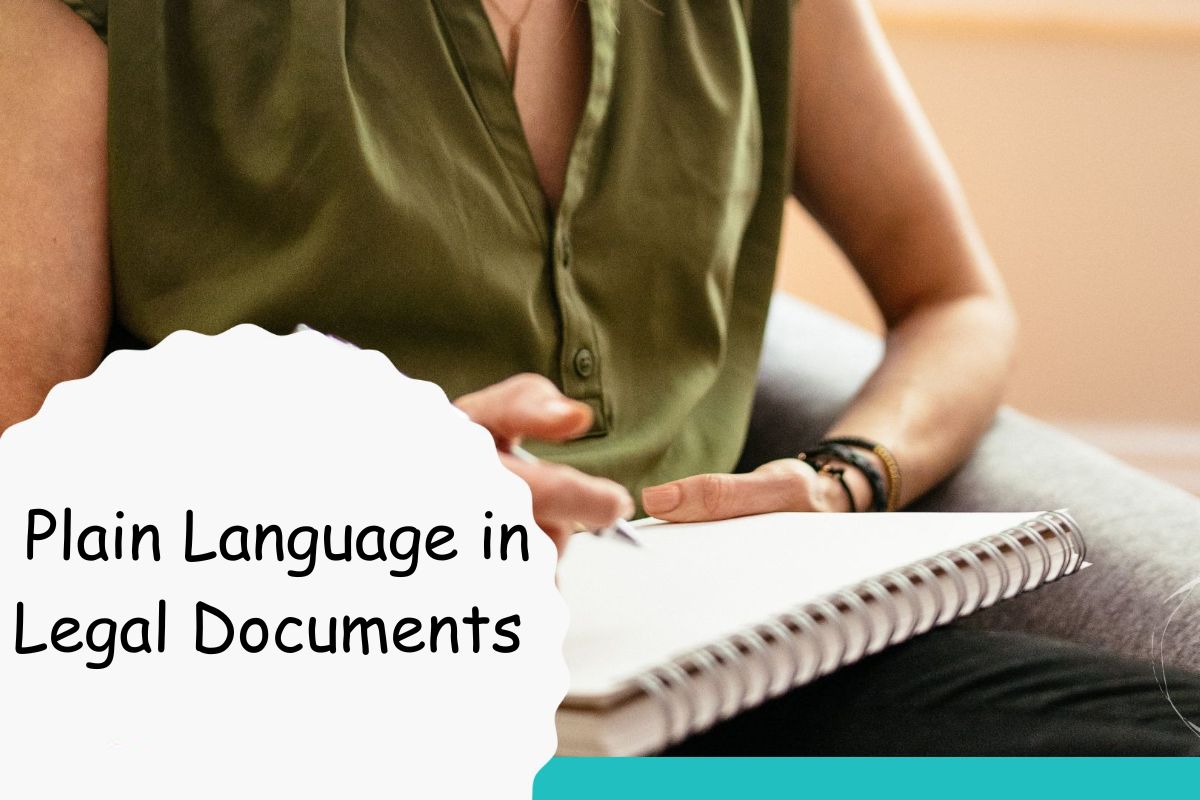Major Nirvikar Singh Advocate: Using Plain Language in Legal Documents
The legal profession has long been criticized for its impenetrable language. Contracts, wills, and other legal documents are often riddled with complex terms and convoluted sentence structures, leaving the average person scratching their head. It’s time to break free from the shackles of legalese and embrace the power of plain language.
Why Plain Language Matters
In today’s increasingly complex world, clarity and transparency are paramount. Plain language in legal documents offers several advantages:
- Improved Comprehension: When legal documents are written in plain language, they are easier to understand for everyone involved, from clients to opposing counsel. This reduces the risk of misunderstandings, disputes, and costly litigation.
- Enhanced Client Relationships: By using clear and concise language, legal professionals can build stronger relationships with their clients based on trust and transparency. When clients understand the legal process and the implications of their decisions, they are more likely to feel confident in their legal representation.
- Increased Efficiency: Plain language documents save time for both lawyers and clients. Less time is spent interpreting complex language, leading to faster decision-making, increased productivity, and reduced costs.
- Reduced Legal Disputes: When people understand the terms of an agreement, they are less likely to challenge it, leading to fewer disputes and potential legal battles. Plain language can contribute to a more harmonious legal landscape.
- Compliance with Regulations: Many jurisdictions are increasingly requiring plain language in legal documents, especially for consumer contracts. Adhering to these regulations demonstrates a commitment to consumer protection and can help avoid legal penalties.
Tips for Writing in Plain Language
Transitioning to plain language requires a conscious effort. Here are some practical tips:
- Know Your Audience: Consider the level of legal knowledge of your reader and tailor your language accordingly. Avoid using technical terms without explanation unless necessary.
- Use Short Sentences and Paragraphs: Break down complex information into smaller, easier-to-digest chunks. This enhances readability and comprehension.
- Avoid Legal Jargon: Whenever possible, replace complex legal terms with simpler alternatives. If you must use legal terms, explain them clearly in plain language.
- Be Active and Positive: Use active voice and positive phrasing to make the document more engaging and easier to follow. Avoid passive voice and negative language, as they can create confusion.
- Use Examples and Illustrations: Visual aids can help clarify complex concepts and make the document more user-friendly.
- Read Aloud: This simple technique can help you identify awkward phrasing and ensure the document flows smoothly.
- Seek Feedback: Ask colleagues or clients to review your document and provide feedback on its clarity and comprehensibility.
Overcoming Obstacles
While the benefits of plain language are clear, transitioning to this style of writing can be challenging. Some legal professionals may resist change, arguing that complex language is essential for precision. However, it’s important to remember that clarity and precision can coexist. Legal concepts can be explained accurately and understandably without resorting to jargon.
The Future of Legal Communication
According to Advocate Nirvikar Singh, the trend towards plain language is undeniable. As technology continues to evolve, we can expect to see more innovative tools and resources to assist legal professionals in creating clear and accessible documents. Online platforms, AI-powered writing assistants, and style guides are already emerging to support the shift towards plain language.
By embracing plain language, the legal profession can enhance its reputation, improve client satisfaction, and contribute to a more just and equitable legal system. It’s time to unlock the power of plain language and make legal documents accessible to everyone.

